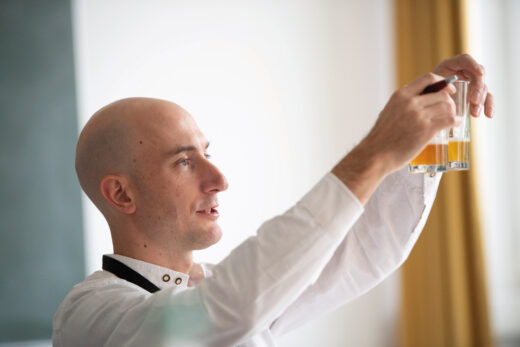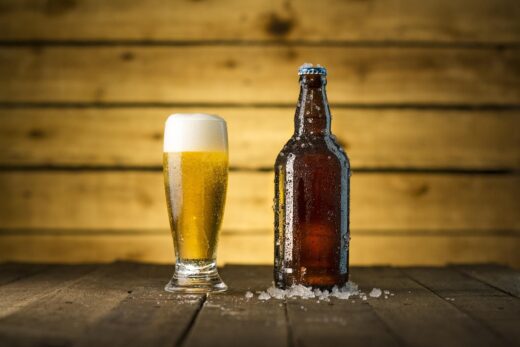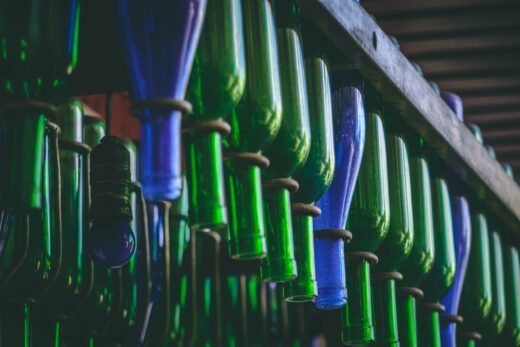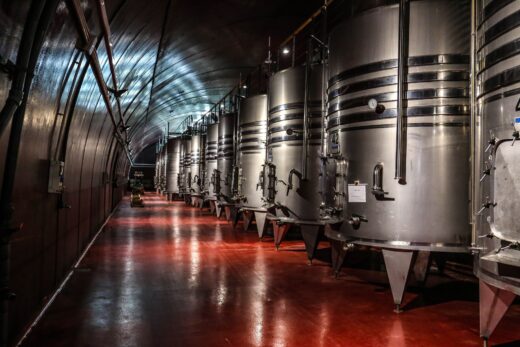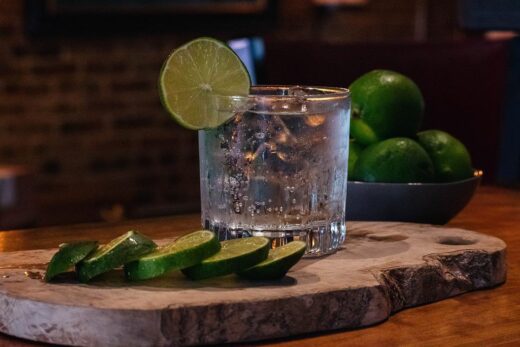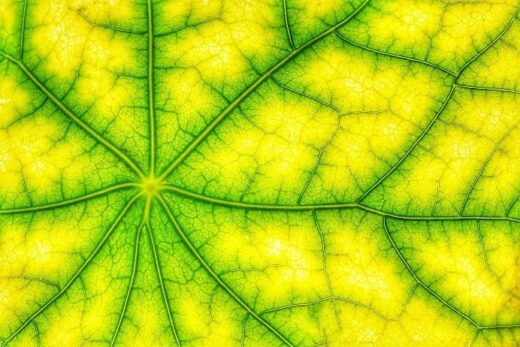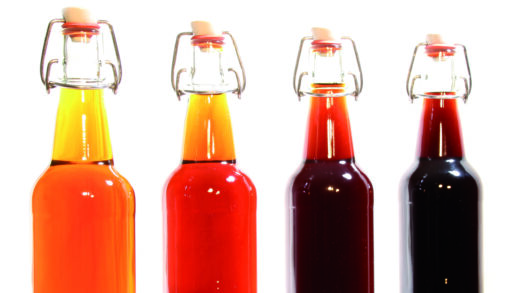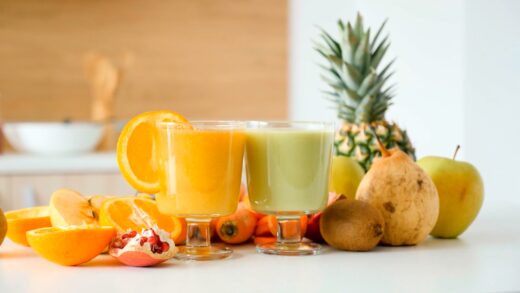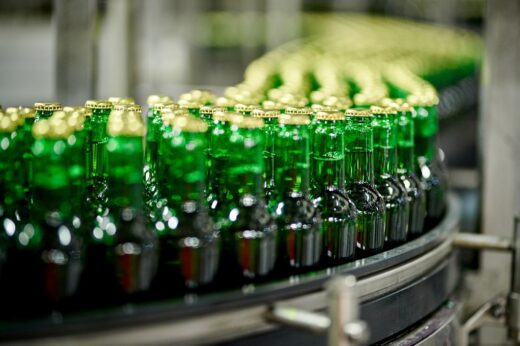A new approach to sensory quality control
It’s already been seven years since the Paulaner Brewery left its old brewing premises in Nockherberg and moved to Langwied in Munich, yet people still refer to it as the “new” brewery. However, some of the facilities and systems were also relocated from Nockherberg and incorporated into the new premises, such as the mixing system for mixed beer beverages and non-alcoholic beverages. These segments in particular are growth areas in the beer market, and the popularity of Paulaner’s products meant that capacity needed to be seriously ramped up. Ole Kohls, Marketing Manager at corosys beverage technology, explains how this was achieved with the installation of a new mixing system.

